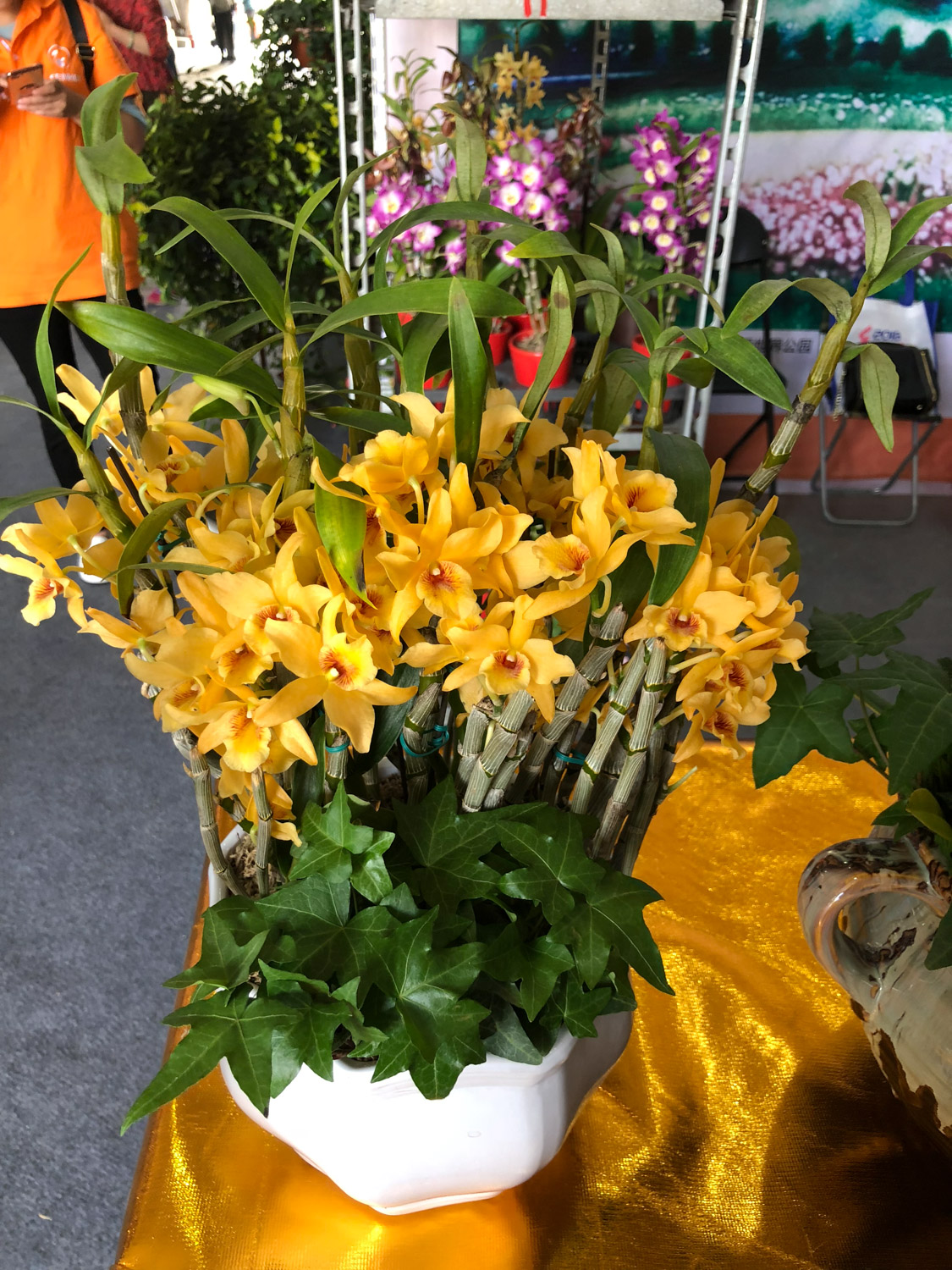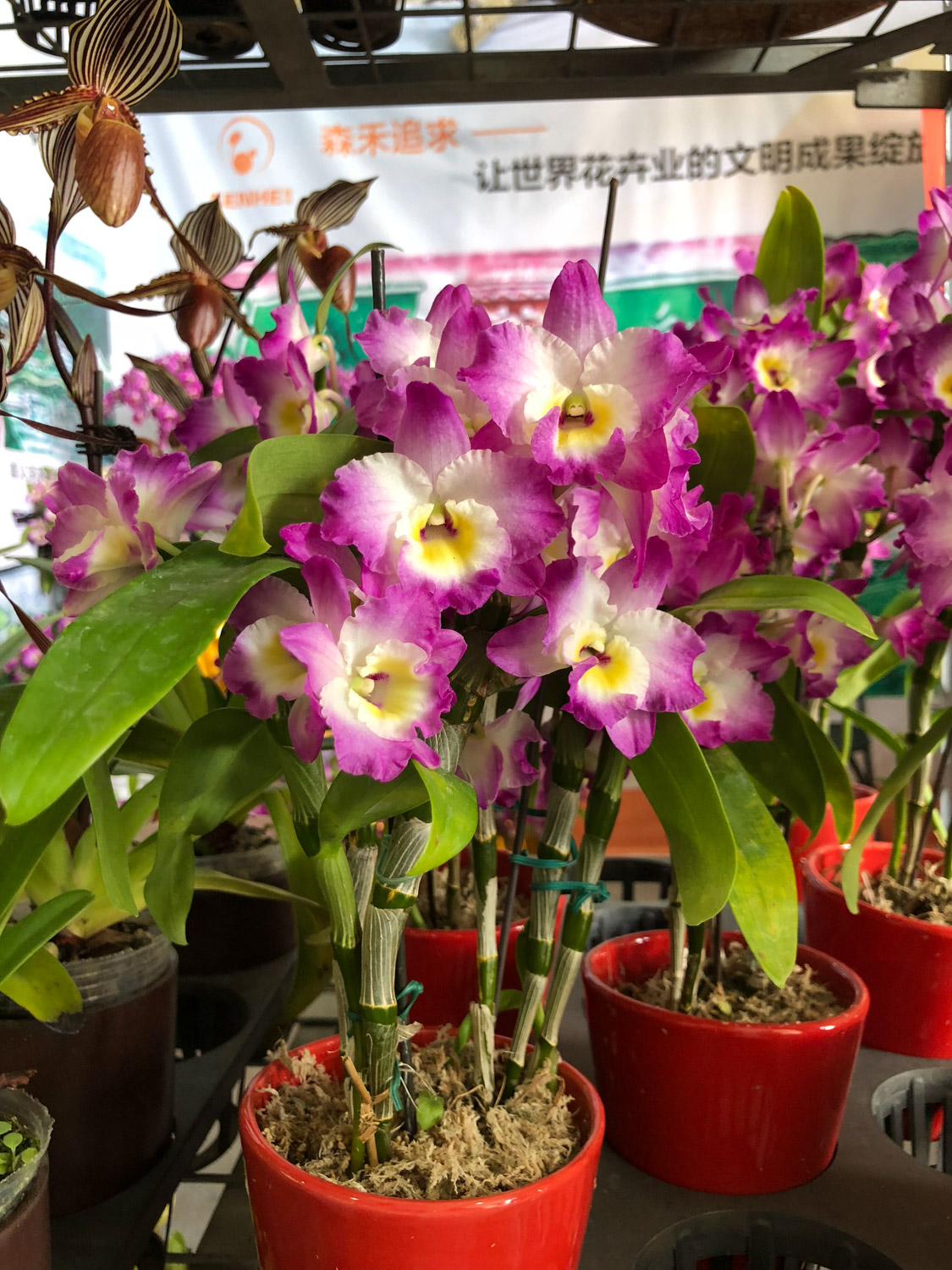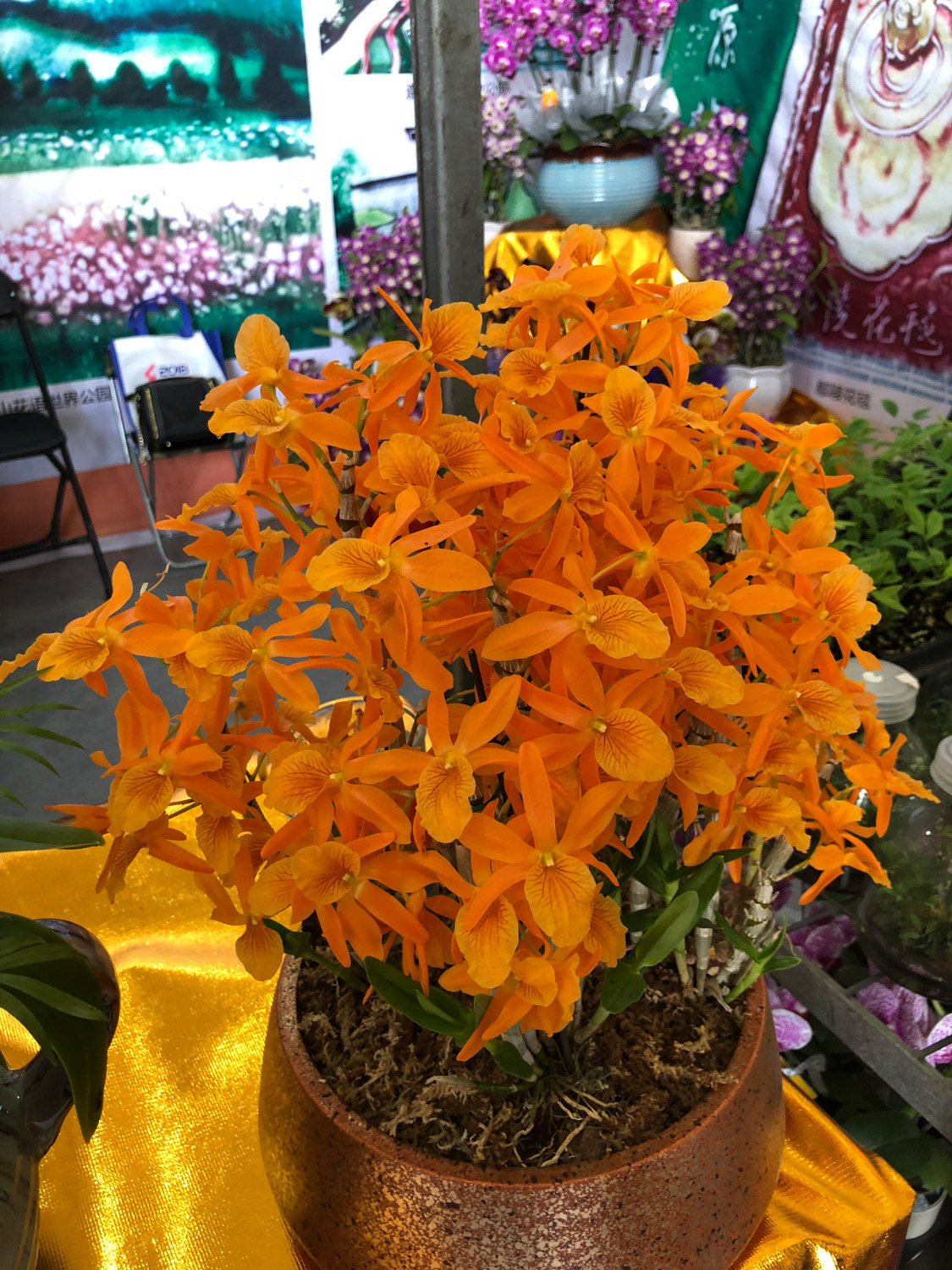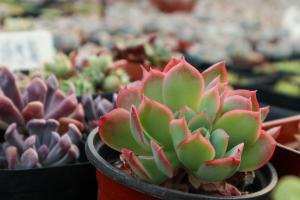1、 Curing method
1. Temperature: it likes to grow in cool places. The high temperature should be reduced. Generally, it can grow normally between 15-28 degrees. The overwintering temperature should be kept above 8-10 degrees. Of course, the temperature in winter should not be lower than 0 degrees. If it is below 0 degrees, it will also face the risk of frostbite. It will not grow well in high temperature environment

2. Watering: it needs sufficient water. During the growth period, the demand for water is the highest. It needs to replenish water almost every day. Sufficient water will have a good growth. At the same time, the humidity in the air should also meet the standard. In summer, spray water mist around the plants. Don't be too dry. Watering can be reduced in winter

3. Light: Dendrobium candidum likes a semi cloudy environment. Strong light is totally unacceptable. A bright growth environment is OK. Therefore, when planting, do not choose a place with too much light, and let it accept the oblique light in the morning and evening

4. Fertilization: the demand for foliar fertilizer of Dendrobium candidum is relatively high. During its growth, it needs to apply some foliar fertilizer from time to time to make its branches and leaves grow more vigorous. It can also be added once every 15 days. The type can choose compound fertilizer

2、 Breeding skills
1. Reproduction: plant splitting is the main way. Dig out the root of the plant in spring, and then divide it into several parts for replanting. The old roots can be trimmed before planting, so as to increase the growth capacity of the root

2. Pruning: prune it every spring to cut off some branches and leaves that grow too dense. At the same time, cut off some old branches to grow tender branches, and trim some diseased branches and leaves in time

3、 Problem diagnosis and treatment
1. Disease: the most likely disease is black spot, which will appear on the newly grown branches and leaves. This disease will fall off in one piece, so Bordeaux solution can be used to control and prevent it

2. Insect pests: snails can bite flower petals, which can be caught manually or eliminated with pesticides

4、 Other issues
1. Toxicity: no poison, you can rest assured of breeding

2. Whether it can be raised at home: Yes, its flower fragrance is very charming. At the same time, when raising at home, we should pay attention not to be directly placed on the balcony and illuminated by strong light< a>


 how many times do yo...
how many times do yo... how many planted tre...
how many planted tre... how many pine trees ...
how many pine trees ... how many pecan trees...
how many pecan trees... how many plants comp...
how many plants comp... how many plants can ...
how many plants can ... how many plants and ...
how many plants and ... how many pepper plan...
how many pepper plan...































